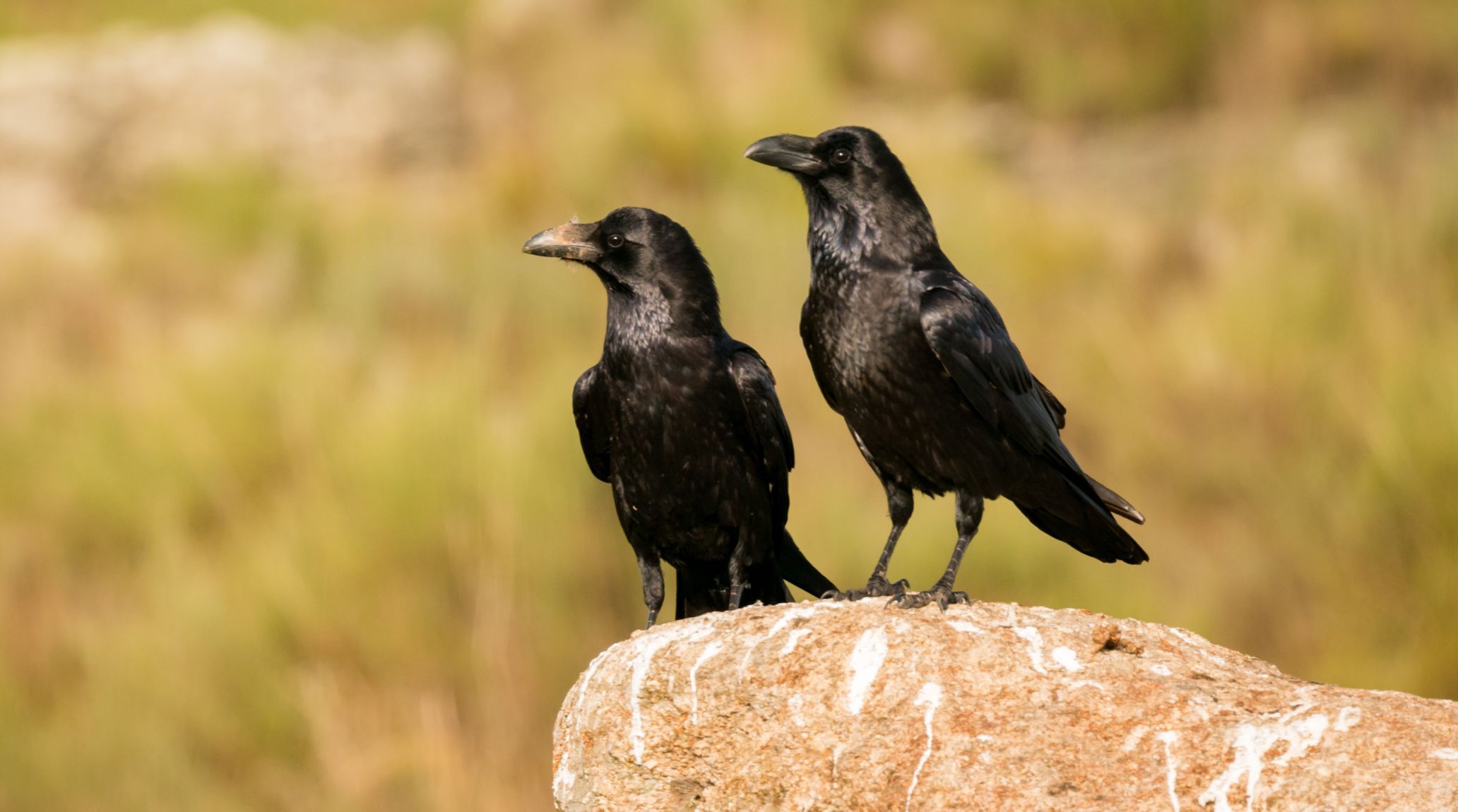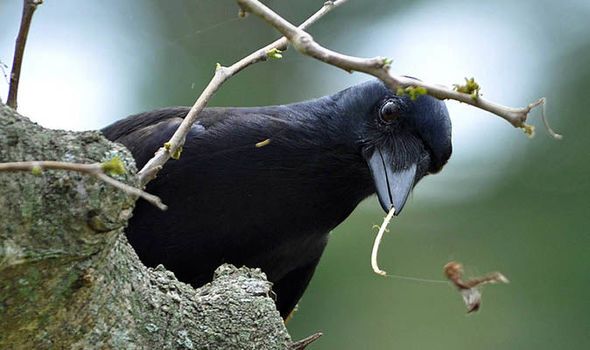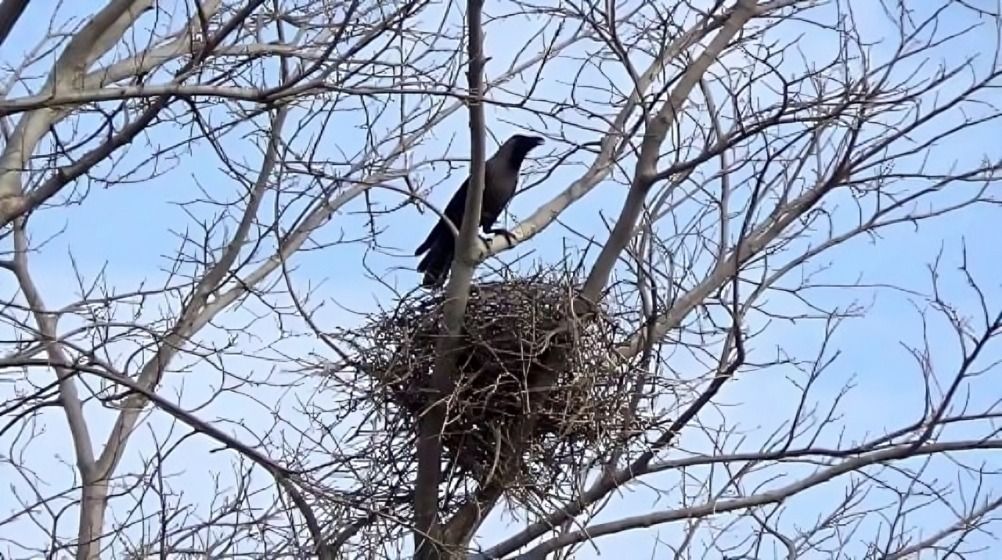
“
Crows are often seen as ordinary birds, but they possess a wealth of fascinating traits that many people are unaware of. These intelligent and resourceful creatures exhibit behaviours and abilities that make them truly remarkable. In this blog, we will explore 20 educational crow facts that highlight the unique characteristics and behaviours of these intriguing birds. From their complex communication skills to their problem-solving abilities, each fact will reveal just how extraordinary crows are.1
1
1
”
Crows have a remarkable language with over 250 distinct calls! They use these sounds to share detailed information, from warning about lurking predators to coordinating food hunts, showcasing their sophisticated communication skills. 1

Crows are among the elite group of animals known to use tools. They can ingeniously craft sticks into hooks to extract insects from tree bark and even use leaves to collect water, demonstrating their impressive problem-solving abilities.
With incredible memory skills, crows can recognize human faces and remember them for years. This ability allows them to identify and distinguish between friendly and threatening humans, ensuring their survival. 2
Crows are deeply family-oriented. Young crows often remain with their parents for several years, helping to raise their younger siblings and learning essential survival skills, forming strong family units. 3
Crows have a playful side! They enjoy sliding down snow-covered roofs, playing catch with objects, and even "snowboarding" down hills on makeshift sledges, revealing their fun-loving nature. 4
Crows boast the largest brain-to-body ratio of any bird, even surpassing humans! Their impressive intelligence allows them to recognize human faces, hold grudges, and even gossip within their communities. 5

The alpine chough, a type of crow, holds the record for the highest-living bird, thriving at altitudes up to 6,500 meters above sea level. Mountaineers have even spotted them scavenging as high as 8,235 meters!
Crows do not have a pregnancy period, as they lay eggs instead of giving birth. After mating, the female crow incubates the eggs for about 16 to 18 days until they hatch, depending on the species and environmental conditions. 6
During the mating season, male crows woo potential partners with a series of soft, musical calls. This courtship ritual helps establish and strengthen bonds between pairs, ensuring successful mating. 7
Crows typically have a lifespan of 7 to 8 years in the wild, though they can live up to 14 years or more in captivity. Their longevity is influenced by factors such as predation, disease, and environmental conditions. 8
Crows can mimic sounds they hear around them, including human voices and other animals. This mimicry helps them learn about their environment and communicate more effectively. 9

Crows construct intricate nests high in trees using sticks, twigs, and even human-made materials like wire hangers. These sturdy nests provide a secure home for their young, showcasing their architectural skills.
Crows are fiercely protective of their young. They aggressively defend their nests from predators, often teaming up with other crows to chase away threats, ensuring the safety of their offspring. 10
At night, crows gather in large groups called roosts, sometimes including thousands of birds. These communal gatherings provide warmth and protection from predators, enhancing their chances of survival. 11
Crows are known for their habit of hiding food to eat later. They can remember these hiding spots for months, showcasing their excellent memory and forward-thinking behaviour. 12
Despite past extermination attempts, crows have thrived thanks to their intelligence and adaptability. They play vital ecological roles, from seed dispersal to pest control, showcasing their resilience and importance in our environment. 13

When a crow dies, its fellows gather around the body in what appears to be a funeral. This behavior helps them understand the cause of death and learn to avoid similar dangers, highlighting their social intelligence.
Crows can learn quickly from one another. If one crow discovers a new way to obtain food, others in the group observe and adopt the behaviour, demonstrating their ability to share knowledge. 14
Crows play a crucial role in keeping the environment clean by eating carrion (dead animals). This scavenging helps prevent the spread of disease and maintains ecological balance. 15
Crows have complex social structures, living in large family groups with intricate hierarchies. Dominant birds lead the group, making decisions that benefit the entire community. 16


